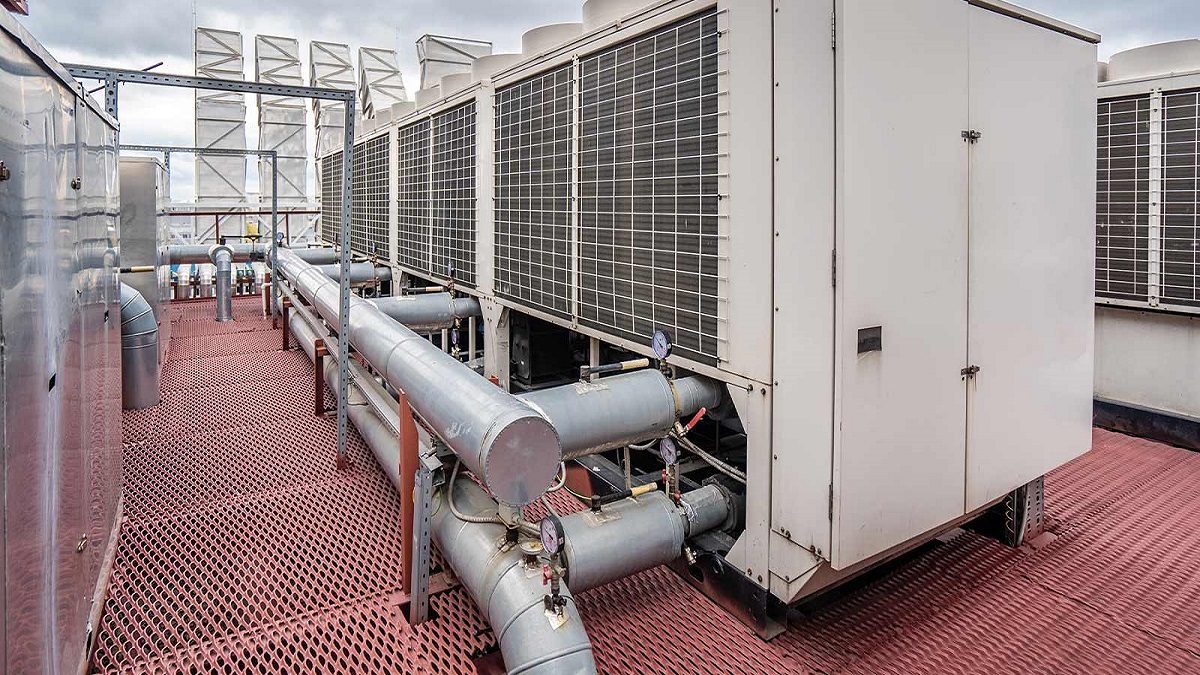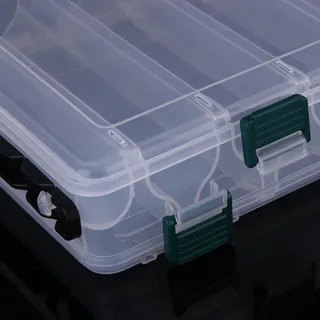Essential Troubleshooting Tips For Glycol Heating Systems
Glycol heating systems are designed to keep temperatures stable, especially in colder climates. They prevent freezing and ensure that your heating system works effectively. With regular maintenance and a few troubleshooting steps, you can help your glycol system run smoothly. Fixing small problems as they arise can keep you from needing major repairs later on. Here, we’ll cover key troubleshooting steps to help you understand your system better and prevent costly issues.
Understanding Common Glycol System Issues
Glycol heating systems are often used to protect buildings, equipment, and other systems from freezing. But, even well-maintained systems can face issues. These include leaks, low glycol levels, and pump problems. Identifying these issues early can make repairs simpler and save money in the long run.
Common Issues Include:
- Leaks – Look for pooling liquid or drops in pressure, as these can signal leaks.
- Low glycol concentration – If the glycol level is too low, your system may not work as efficiently.
- Pump troubles – An irregular or noisy pump can cause circulation problems in the system.
Understanding these basic issues is a great first step in maintaining your glycol heating and cooling systems.
Checking Glycol Concentration Levels
The glycol concentration in your system is essential for both heating and freeze protection. If it’s too low, your system may not prevent freezing effectively. If it’s too high, the system can become inefficient and costly to run.
Steps To Check And Adjust Concentration Levels:
- Use a testing kit or a refractometer, a tool that measures glycol concentration.
- Check the readings on the tool and see if it matches the recommended level from your system’s manufacturer.
- If the concentration is too low, add more glycol. If it’s too high, you might need to add water to dilute it.
Keeping your glycol levels in the recommended range helps your system work well, even in the cold.
- Inspecting for Leaks in the System
Leaks are one of the most common issues in glycol heating and cooling systems. Leaks can happen in pipes, connectors, or joints and can cause major problems if not addressed.
Signs Of Leaks Include:
- Liquid pooling around the system.
- Pressure drops that don’t return to normal.
Steps To Inspect For Leaks:
- Visually inspect all areas where pipes connect.
- Look for small drops of liquid or damp spots around joints and connectors.
- If you notice a leak, tighten connections carefully and see if it stops. For persistent leaks, it may be best to call an HVAC contractor to address the problem.
Keeping your system free of leaks is crucial to ensuring your glycol system works well.
- Assessing the Pump and Flow Rate
The pump in your glycol heating system is responsible for moving glycol through the pipes. If the pump is not working properly, the system may fail to distribute heat effectively.
How To Check For Pump Issues:
- Listen for any unusual sounds coming from the pump. Clunking or whirring sounds can indicate a problem.
- Check the flow rate to make sure glycol is moving steadily through the system.
Troubleshooting Pump Problems:
- If the pump isn’t working well, check to see if there is a clog in the pipes that might be slowing the flow.
- Verify that the power connection to the pump is secure.
If these steps don’t resolve the problem, it’s wise to consult an HVAC contractor who specializes in glycol system repair for more guidance.
Examining Temperature And Pressure Readings
Temperature and pressure readings are key indicators of how your glycol system is performing. Regularly monitoring these readings can help you catch issues early.
Steps To Monitor Temperature And Pressure:
- Locate the temperature and pressure gauges on your system.
- Note any changes from the typical reading range indicated by your system’s user manual.
What To Look For:
- Low temperatures or pressure can indicate leaks or low glycol levels.
- High temperatures or pressure may mean that your pump isn’t working efficiently.
If these readings don’t stay within the recommended range, it might be time to call an HVAC contractor for a more thorough inspection.
Flushing And Replacing Glycol If Necessary
Over time, glycol can become contaminated and lose its effectiveness. Flushing and replacing glycol can help maintain system performance and efficiency.
Steps To Flush And Refill Your Glycol System:
- Turn off the system and drain any old glycol into a container for safe disposal.
- Rinse the system with clean water to remove any dirt or contaminants.
- Refill the system with a fresh glycol solution, mixed at the correct concentration.
These steps keep your glycol heating and cooling systems working well, especially in winter.
When To Call A Professional
Some issues with glycol heating systems can be complex and require professional help. While regular troubleshooting is beneficial, some situations call for expert intervention.
When To Call An HVAC Contractor:
- Persistent leaks that can’t be fixed by tightening connections.
- Pump failures that affect the entire system’s circulation.
- Significant temperature or pressure drops that troubleshooting doesn’t resolve.
By consulting an expert, you can ensure that issues are handled correctly, preventing further damage to your system.
Ensuring Long-Term Reliability For Your Glycol Heating System
Maintaining a glycol heating system is important for efficiency, safety, and performance. By troubleshooting your system regularly, you can avoid costly repairs and prolong the life of your heating setup. Check glycol concentration, inspect for leaks, and monitor temperature and pressure. These steps are essential.
When bigger issues arise, don’t hesitate to reach out to a trusted HVAC contractor for support. Follow these tips and get regular check-ups. Your glycol system will then provide reliable heat for years.




